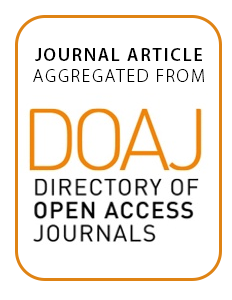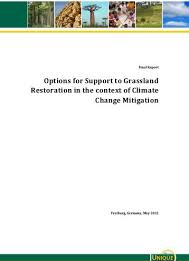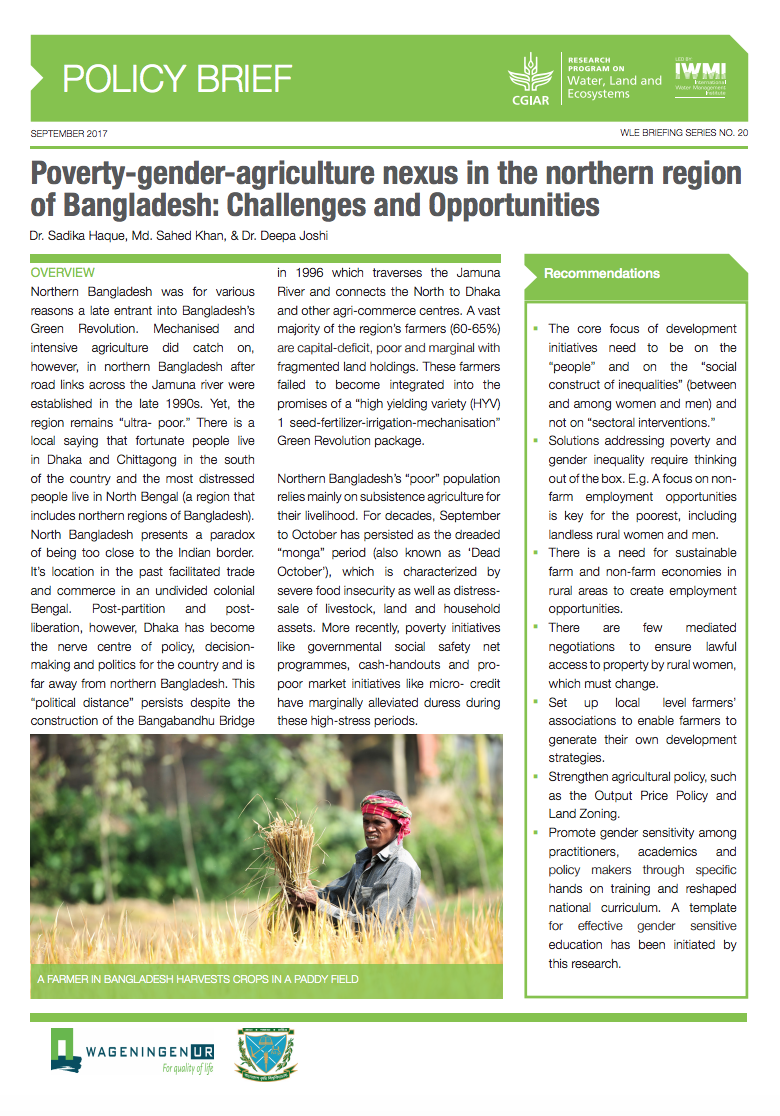Indicadores regionales de desarrollo sustentable en Chile: ¿Hasta qué punto son útiles y necesarios?
Cada vez más necesitamos maneras de asegurar patrones de desarrollo que sean sustentables, es decir, que sean ambiental, social y económicamente apropiados para nosotros y para las generaciones venideras. Los indicadores de desarrollo sustentable son una herramienta promisoria que permitiría "aterrizar" el concepto de sustentabilidad, apoyando la manera en que se toman las decisiones. En Chile existen pocas experiencias sobre el tema. Este artículo presenta el trabajo realizado para desarrollar indicadores de desarrollo sustentable en cuatro regiones del país.





